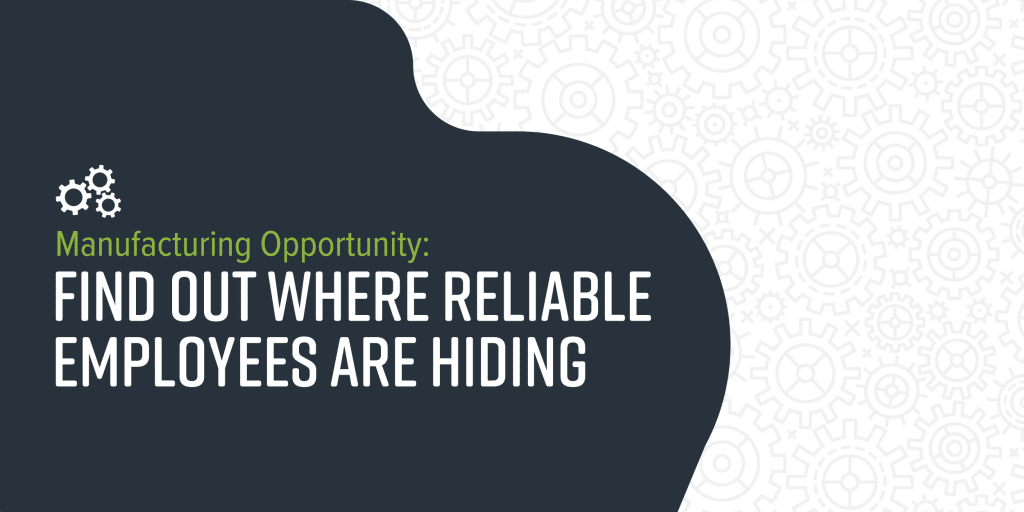In 1949 the U.S. Chamber of Commerce and the National Association of Manufacturers conducted a poll of both organizations’ member companies to determine what was being done with regard to the employment of older workers and workers with disabilities. The summary of findings reported that companies found these workers to be competent and well equipped to handle their jobs. The survey showed that workers with disabilities were an asset to companies willing to hire them. Consequently, the U.S. Chamber of Commerce urged employers to offer equal opportunities for employment to people with disabilities.
Concerning the rate of employment for workers with disabilities, the report concluded: “Many employers are doing a very fine job in providing these workers with self-sustaining employment. Yet, much remains to be done since we still have a sizable reservoir of employable manpower among these workers which is not being fully utilized.” Today, almost 70 years later, much still remains to be done. According to the U.S. Bureau of Labor Statistics, only 19.1 percent of people with disabilities are employed. Contrast that with the employment rate for people without disabilities, which is currently 61 percent, and it becomes clear that most Americans with disabilities never received equal opportunities for employment.
Small and medium manufacturers stand to gain a lot by hiring people with disabilities. In 2019, employees with disabilities are just as hardworking and capable as they were in 1949 when the U.S. Chamber of Commerce first recommended that employers open their doors to them. To better understand how the inclusion of people with disabilities can strengthen a manufacturer’s work force, in 2019, FuzeHub spoke with Ed Sayles, the Community Relations Consultant at Arc of Seneca Cayuga. Arc of Seneca Cayuga is comprised of an inclusive workforce that produces American-made hats and beanies for the U.S. Armed Forces as well as for private companies. FuzeHub asked Ed to answer a few questions that manufacturers might have about the inclusion of people with disabilities in the manufacturing industry.
How can ensuring the inclusion of people with disabilities within manufacturing strengthen each manufacturer as well as the overall manufacturing industry?
“When manufacturers make the fairly modest changes necessary in their workplaces to accommodate workers with disabilities, they substantially increase the workforce from which they will be able to recruit dedicated and reliable workers. With the current shortage of job applicants, record low birth rates, and deceasing immigration, expanding the employment pool is critical to the future of manufacturing.”
What strategies can manufacturers utilize to maximize the impact that individuals with disabilities will bring to the workforce?
“Manufacturers can reach out to organizations such as the New York Alliance for Inclusion and Innovation, NYSID, Arc of New York, FuzeHub, the Workforce Development Institute, and local providers of vocational services to individuals with disabilities. They should also look into the successes that have been achieved by other businesses.”
Have you seen an increase in opportunities for people with disabilities in the manufacturing workforce? If so, where?
“Other than the Ford Motor Company, the manufacturing sector has yet to significantly increase opportunities for individuals with disabilities. Hopefully this will change due to recent success in other sectors. Businesses such as Microsoft, SAP, Freddie Mac, and Ford are leading the way, particularly for individuals on the autism spectrum. Walgreen’s began a very successful program called “Retail Employees with Disabilities.” Home Depot and CVS are working with an organization called “Ken’s Crew” to recruit and train disabled workers. Hopefully in the near future this movement will expand in the manufacturing sector.”
FuzeHub would like to thank Pat Dowse for interviewing Ed Sayles on our behalf and making this blog post possible. Pat is Vice President of Business Development at New York Alliance for Inclusion and Innovation.

